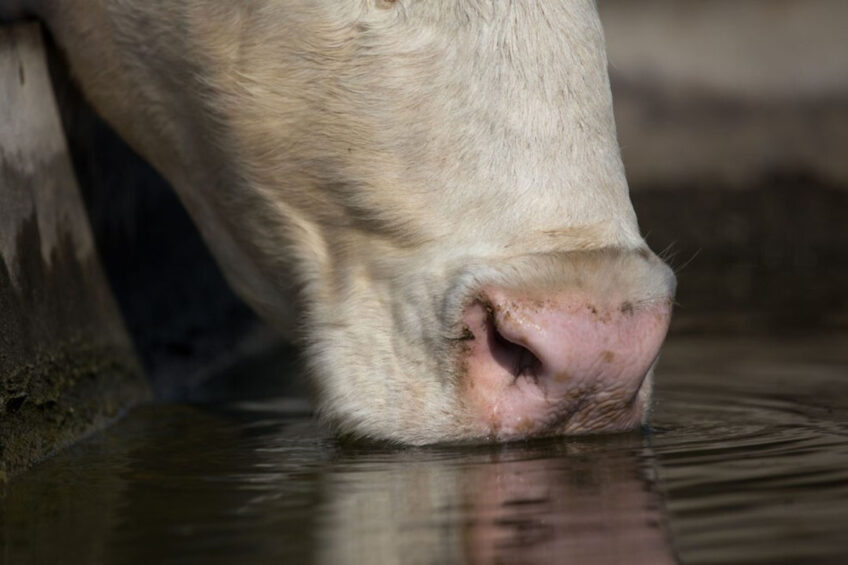Dairy farm water management around the globe

Dairy farms need a regular supply of clean water, not only for the cows to drink but also for washing down stalls and cleaning milking equipment. Water scarcity is an increasingly critical global issue, driven by water shortages, and also by rendering water unusable through pollution. Farms worldwide are finding ways to reduce their water footprint.
The United Kingdom
British dairy farmers take their commitment to the environment very seriously. They are looking at ways to conserve water and cut costs without compromising on either animal welfare or dairy hygiene. Since 2008, the UK Dairy Roadmap initiative has helped dairy farmers make vast progress in this area. As of 2020, they have achieved a 23% relative reduction in water use.
New Zealand
New Zealand is no exception to these trends. It currently has the highest per capita intake of water for agriculture amongst the OECD (Organisation for Economic Co-operation and Development) countries. The production of 1 litre of milk in Canterbury requires about 11,000 litres of water.
Recognising that municipalities face significant challenges for managing drinking water, stormwater, and wastewater, the New Zealand government has created reforms that go into effect in July 2024. Known as the Three Waters Reform programme, the goal is to provide safe, reliable drinking water; better environmental performance of wastewater and stormwater services; and efficient, sustainable, resilient and accountable multi-regional water and sewage services.
The United States
In the US, dairy farmers are finding ways to conserve water and reduce waste while producing more milk. In 2020, the country’s National Dairy Council introduced the Net Zero Initiative with the goal for the nation’s dairies to become carbon neutral by 2050. The initiative’s other goals included optimising water use and improving nutrient and manure management.
“Reusing water is something that I’ve seen on a lot of dairy farms,” says Marissa Watson, vice president of sustainability for Dairy West. “Harvesting water that’s relatively clean and having it ultimately end up on their crop fields so they can feed their animals. It allows us to use resources appropriately.”
Canada
It’s estimated that dairy farming in Canada currently uses around 0.02% of the fresh water supply in southern Canada where most of the country’s population and dairy farms are located. This number has also been going down for years. Between 2011 and 2016, water use associated with milk production decreased by 6% due to improved crop genetics and management contributed to efficiencies in water utilisation. Canadian dairy farmers are also continuously working to maintain water quality and purity in their fields, and to prevent runoff, contamination, and pollution.
Sources:
Victoria University of Wellington; Water Footprint Network; UK Dairy Roadmap; Dairy Farmers of Canada.






